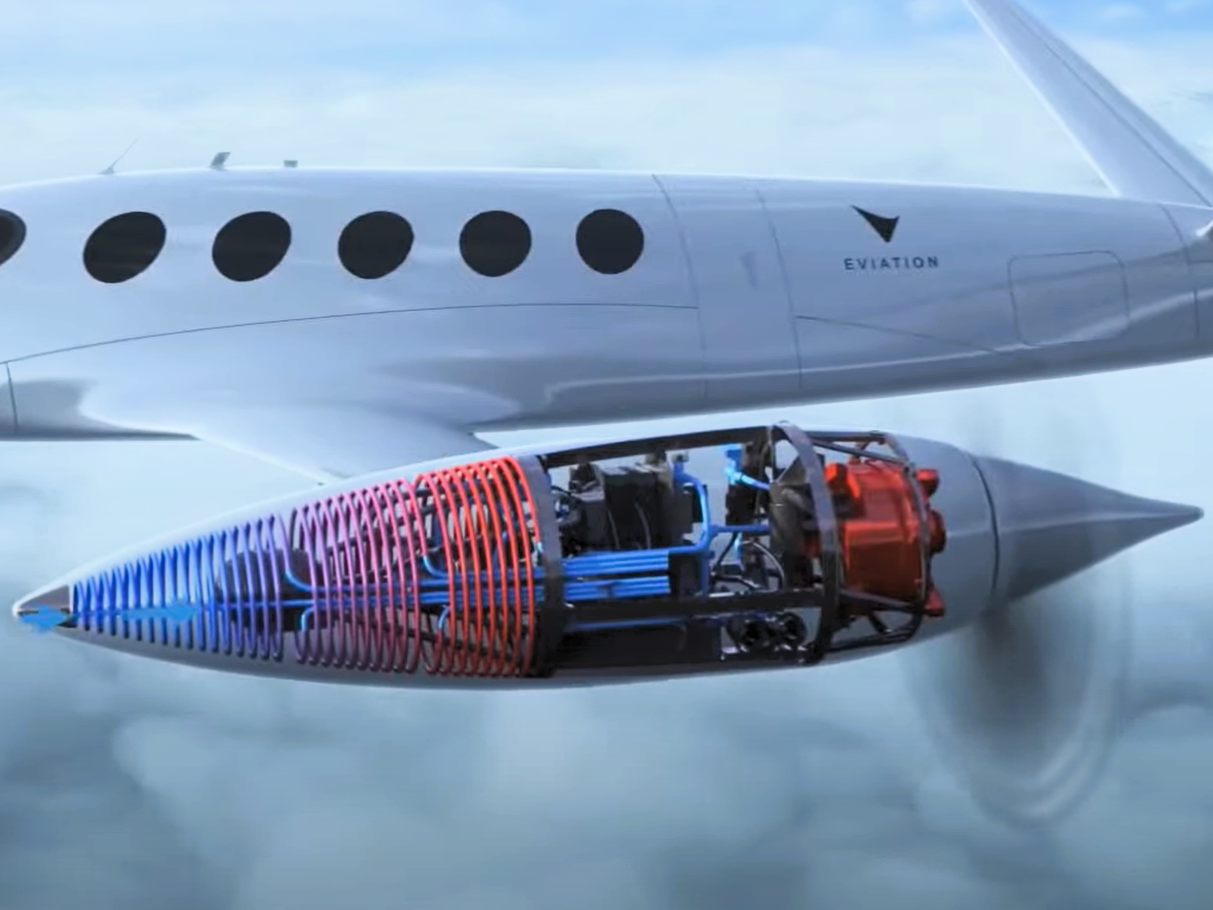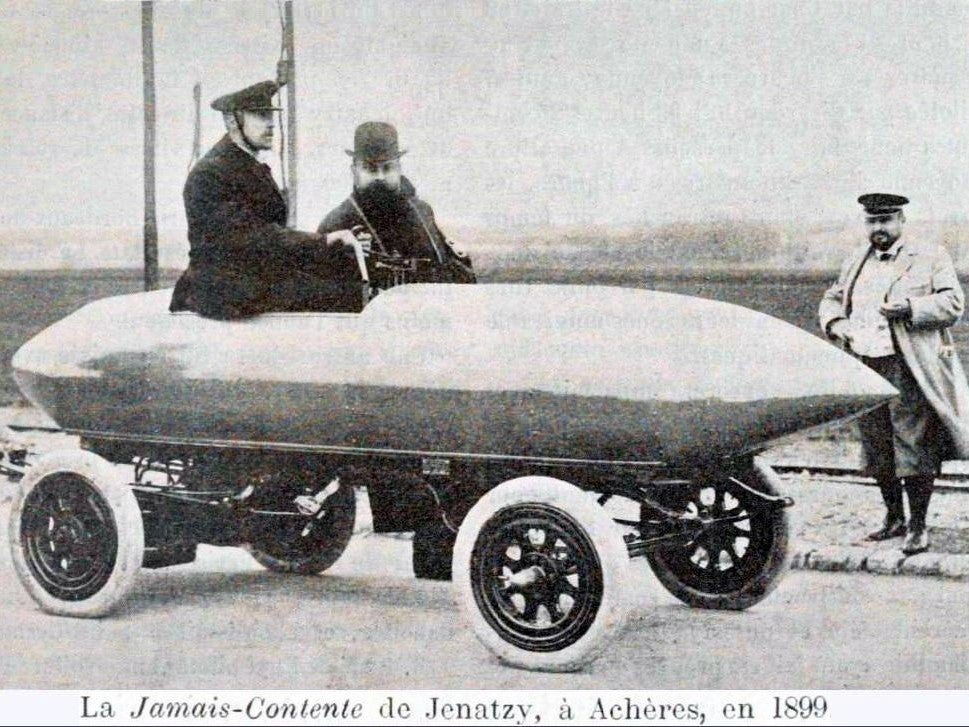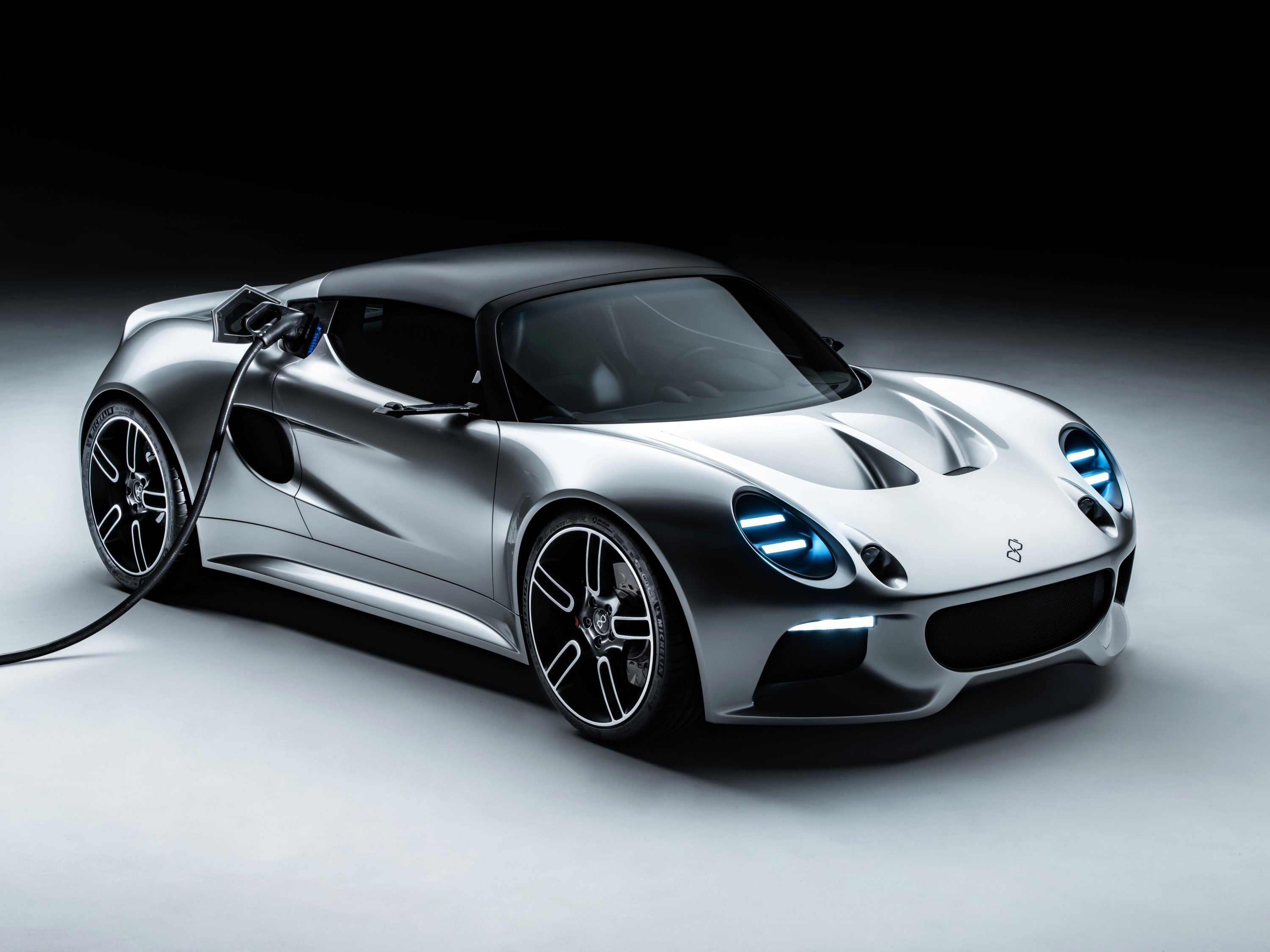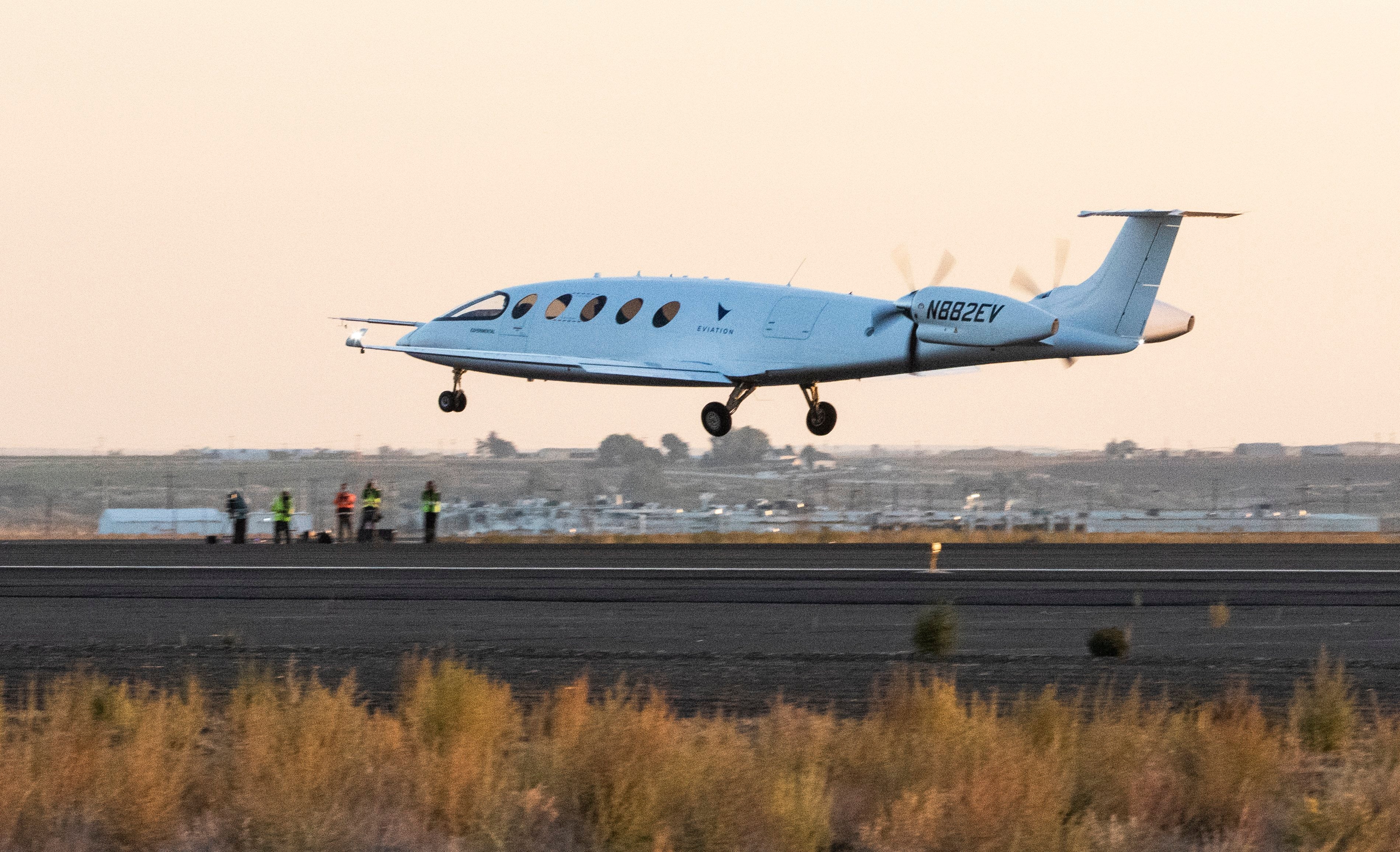Battery breakthroughs are about to trigger a transport revolution
Electric vehicles were once the norm, before petrol took over, writes technology correspondent Anthony Cuthbertson. Now, more than a century later, huge technological leaps forward could soon make batteries the main means of propulsion on air, land and sea


In 1899, a Belgian man sat atop a torpedo-shaped car on the outskirts of Paris and set a new land speed record. La Jamais Contente, as the machine was called, was the first ever road vehicle to top 100km/h, and set the standard for automotive innovation of the era. It was also electric.
The driver, Camille Jenatzy, owned a manufacturing plant that produced electric carriages, which were then hugely popular ways of getting around cities. Fleets of battery-powered taxis hummed around the streets of London and New York in the 1890s and early 1900s, with more than 30,000 electric vehicles registered in the US at a time when the horse and carriage was still the most common form of transportation.
Electric cars lacked the smell, vibration and noise of their fuel-powered counterparts, however the absence of power infrastructure beyond big cities, together with a lack of range, saw them gradually usurped by polluting vehicles.
It has taken more than a century of battery improvements for them to once again become a viable alternative to gasoline cars, with the number of electric car sales tripling between 2020 and 2022. Projections from the International Energy Agency suggest the electric car market will continue to see exponential growth in 2023, though they will still account for less than a fifth of all car sales.
This resurgence has seen a massive amount of investment in battery research, supercharging progress and leading some industry experts to predict that we are about to enter a second golden age for electric vehicles. Not only are electric car sales forecast to overtake fossil-fuel-powered car sales within the next 15 years, recent breakthroughs could soon see every transportation sector electrified – from commercial airlines to cargo ships.
For electric cars, several key milestones have been reached in recent years, including the first road car to travel more than 1,000km on a single charge. Both Toyota and Volkswagen have announced plans to begin commercial production of next-generation batteries capable of delivering this range for mass-market vehicles, allowing them to travel roughly double the distance of current petrol or diesel cars.

Nearly all leading carmakers have also set targets of phasing out the production of cars with internal combustion engines entirely by 2040 – including Ford, General Motors, Jaguar Land Rover and Volvo – but, for this to be realised, there are still significant obstacles to overcome.
“We continue to see charging, access to battery materials and battery degradation as pain points in the transition to electric vehicles,” David Fairbairn, managing director at British engineering firm CALLUM, told The Independent.
His firm is working towards cutting electric car-charging times to just a few minutes, making recharging as convenient as refuelling a petrol or diesel car. Together with Cambridge-based battery developer Nyobolt, the companies have showcased an electric vehicle capable of fully charging in less than six minutes.
Production of the next-generation lithium-ion battery is set to begin in 2024, with Nyobolt CEO Sai Shivareddy saying the firm is ready for rapid scale-up in order to “increase accessibility of electric vehicles, including to the 40 per cent of UK households who can’t charge their vehicle at home overnight”.

For electric planes and cargo ships, charging time is not a major issue. Other factors, however, such as energy density, cost and capacity, continue to hold back their widespread adoption.
Elon Musk, who helped pioneer the mainstream adoption of electric vehicles with Tesla, said in 2021 that he was “dying” to expand beyond cars and trucks to build an electric supersonic jet.
“I have a design for a plane,” he told the Joe Rogan podcast. “The exciting thing to do would be some kind of electric vertical take-off and landing, supersonic jet,” adding that more work would make his “brain explode”. He has since added Twitter to his workload, however the tech billionaire is not the only one with ideas for an electric plane.
Last year, start-up company Eviation completed the maiden flight of an electric commuter plane, capable of transporting nine passengers and their luggage, or a tonne of cargo. The Alice aircraft has been hailed as the first battery-powered plane viable for short-haul commercial journeys up to 645km (400 miles).
Two US-based airlines have already ordered 125 Alice planes, while logistics firms such as DHL have also expressed an interest.

A long-awaited breakthrough in battery design last year means larger planes could soon follow these smaller commuter craft. For long-distance electric planes, the energy density required is 500Wh/kg – nearly double that of the lithium-ion batteries found in the latest Teslas – and the threshold was finally achieved by Japanese researchers with a state-of-the-art lithium-air design. The challenge now is to take this technology out of the lab and deliver on its promise in the real world.
For shipping, the big barrier is cost. The world’s first crewless, fully electric cargo ship set sail last year, however the price to build it was three times that of a conventional ship. For an industry that creates between 2 to 3 per cent of the world’s total greenhouse gas emissions, according to the International Maritime Organisation, the need to transition to green alternatives means several start-ups are already working to push down costs.
One prototype uses batteries stored in shipping containers, which can be switched out for fresh ones at each port it arrives at. Steve Henderson, co-founder of the start-up that pioneered the design, Fleetzero, said in a recent podcast appearance: “What we’re convinced of today is that the future of shipping is electric.”
Companies including Amazon and Ikea have already pledged to move to zero-carbon shipping by 2040, and if progress follows the same trajectory as electric cars and planes, then batteries could be the main means of propulsion on air, land and sea within the next couple of decades.





Join our commenting forum
Join thought-provoking conversations, follow other Independent readers and see their replies
Comments